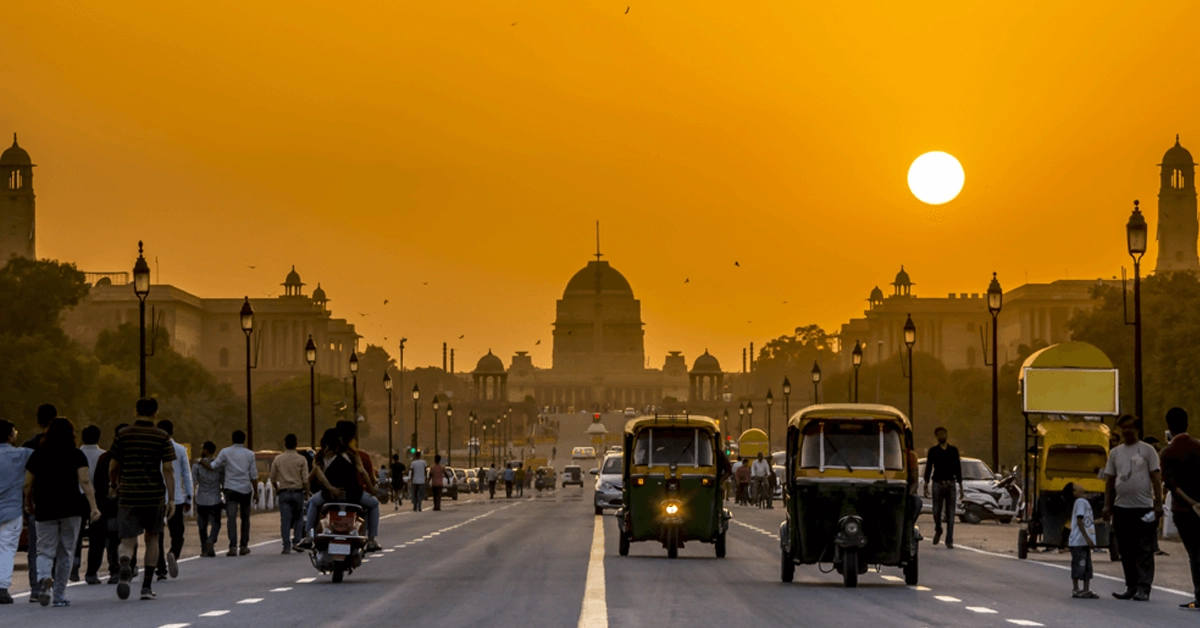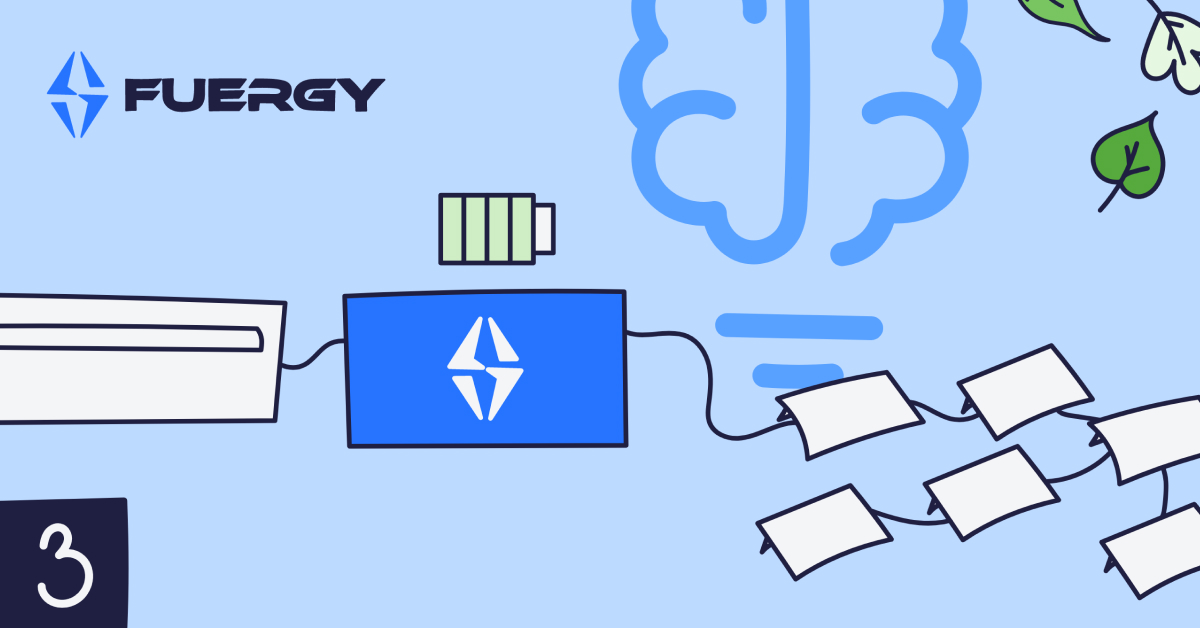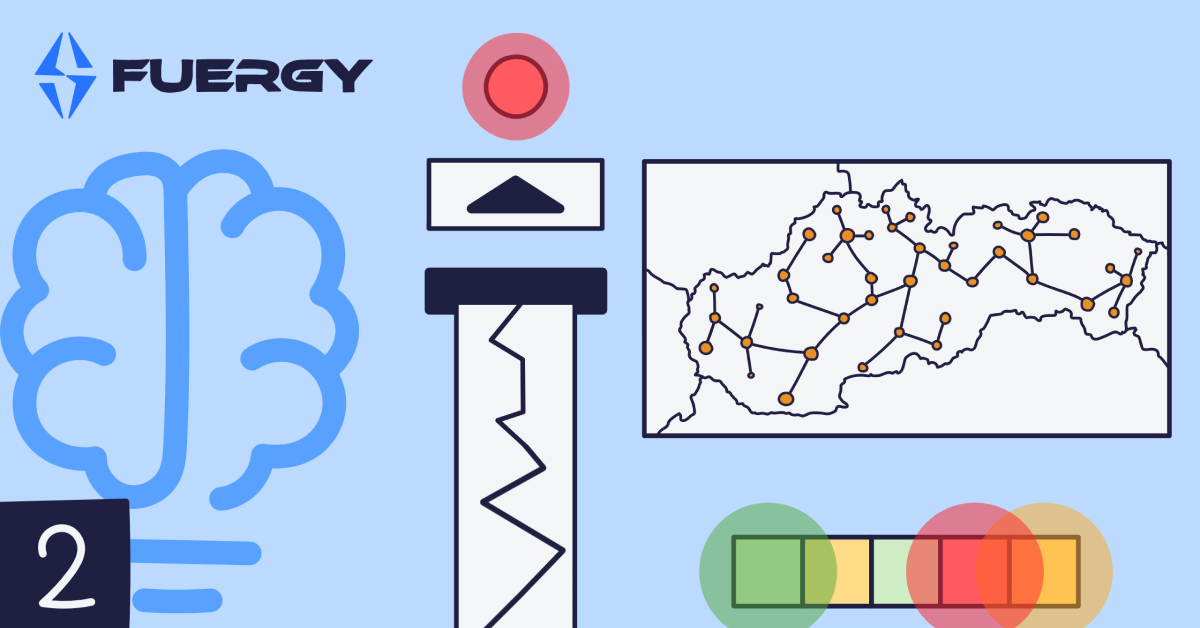
India is the third largest consumer of energy in the world. India’s government has made energy self-sufficiency into one of its long-term goals as the country relies heavily on imported fossil fuels. The country is also one of the biggest consumers of coal: it ranks 2nd in production(717 Mt/year) and its consumption (ranked 3rd) has outgrown domestic mining capacity in recent years. It is also the 3rd biggest consumer of oil.
Renewable Energy and Government Initiatives
However, as India enters the 21st century, it has already made significant strides towards alternative forms of energy such as nuclear and renewable energy in order to achieve better self-sufficiency. In fact, India has a ministry designated for researching and developing new sources of energy. India’s Ministry of New and Renewable Energy (MNRE) is a separate institution that is independent of the Ministry of Power and focuses specifically on developing technologies for unconventional energy resources, including renewables. Its origins date back to 1982: the government of India created the special department of non-conventional energy sources, partially in reaction to the oil shocks of the 1970s. It would later be upgraded to a fully-fledged ministry in order to achieve better energy self-sufficiency for India. Today, the MNRE looks into promising new technologies, energy efficiency and alternative sources of energy in order to help India attain self-sufficiency.
The government of India has made the transition to renewable energy a chief goal of its domestic energy policy. However, in a report from last week, energy consultancy group Wood Mackenzie announced that it expects the government will reach about 76% of its stated goal of 175 GW renewable power by 2022.
While India has made significant strides in industrializing and modernizing its economy, it is still, in terms of domestic employment, a nation that is largely defined by its agricultural sector, which employs 42.7% of the population. India is famous for huge population centers such as Delhi and Bombay, but 66% of its population lives in villages and rural areas.
India has one of the highest levels of electricity transmission and distribution (T&D) losses in the world. T&D losses usually range 6% to 8% in developed countries. In India, almost 20% of energy is lost due to T&D, with centralization and theft being the main factors behind the numbers.
India’s Path Toward a Sustainable Energy Future
It is challenging to provide consistent energy for 1.339 billion people and India’s government does its best to meet its domestic demand. Still, many parts of India suffer from periodic blackouts and the country suffered the worst blackout in terms of people affected in late July 2012, when 620 million people (about 9% of the world population then) throughout northern and eastern India faced up to 2 days without electricity after power failures cascaded through the country’s notoriously unreliable power grid and plunged the country into darkness.
For a country that has such a vast and growing IT and IT services sector, India is seriously challenged by low domestic energy production, high levels of energy loss in T&D and reliance on imported fossil fuels. Solar and wind offer a room for energy decentralization solutions, such as FUERGY, with generators being strategically built throughout the geographical vastness of India. Technological progress towards renewables, measured in installed solar, wind and hydro-capacity is significant in absolute numbers: 8–8.5 GW is expected to be added this financial year. However, there is still a lot to be done: at this pace, India will reach a 12–13% share of renewables in their total generation mix by FY22.
India is still several decades away from a fully-renewable, or at least mostly-renewable energy sector. However, progress is evident. There clearly is both popular and government support for renewable energy. In our next article on India, we look at some of the country’s advantages that allow it to effectively utilize green energy resources.
In our next article, we will examine India’s energy advantages and opportunities. Don’t miss a chance to learn more about FUERGY and the challenges that renewable energy faces today.Read our other articles or contact us today! Our experts are here to help you find a tailor-made solution to your needs.
New dimension of energy optimization





